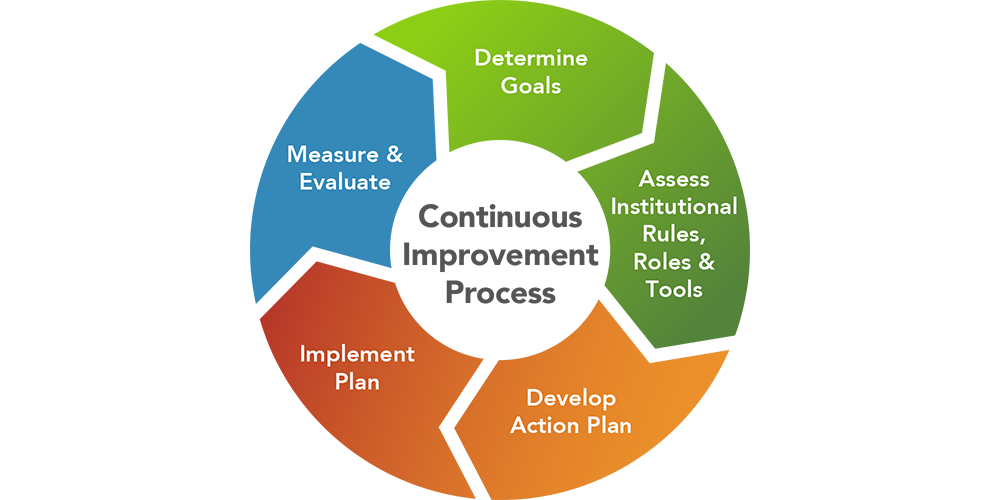
Writing a good action plan is one thing; implementing it is another. Institutional change principles and methods can be incorporated into action plans (program design), but on-the-ground implementation activities must also be conducted in a manner that is suitable to the organizational context and the people in the roles being targeted.
Action plans lay out the set of strategies a federal agency will roll out over time to instigate, sustain, and, potentially, extend its energy or sustainability goals. How the program will be implemented is as important as what will be implemented.
For instance, if the launch of the program makes a big splash but employees don't believe that the leadership who gives the speeches won't "walk the walk," the program likely will be less than optimally effective at the start. (If that's the case, choose credible roll-out leaders, even if they are not top management.) If there is a mechanism for eliciting employee ideas but never any follow-through, that channel for building momentum will be lost over time. (If there is no mechanism to adopt new ideas and give credit to employees, choose another strategy.) Implementation also involves metrics for such elements such as:
- Communicating the current situation (the baseline): The quality of the upfront diagnostic analysis is crucial to both the program design and the implementation process. Involved staff need to know the agency's starting point, goals, and how progress will be measured.
- Evaluating progress toward achieving goals: How will targeted employees know that the agency has taken action and that those actions are resulting in reduced energy and water use? Feedback in energy and water use reports, recognition for achievements, and new goals and activities are all important. These mechanisms convey to employees a seriousness about achieving sustainability goals and indicate that the agency's involvement is long-term.
- Identifying where improvements or refinements are needed.
Case Studies
The following case studies illustrate some elements of initiatives agencies and organizations have implemented in moving toward their energy or sustainability goals. They reference relevant institutional change principles and how the rules, roles, and tools that constitute institutional context come into play. Use these examples to think through how to implement institutional change.
- IBM: Driving Operation Changes through an Energy Monitoring System
- U.S. Fish and Wildlife Service: Connecting Sustainability to the Agency's Mission
- U.S. Navy: Data, Feedback, and Awareness Lead to Big Energy Savings
- U.S. Postal Service–Lean Green Teams
- Enabling Sustainable Acquisition by Improving Procurement Systems
- Rock the Watt: An Energy Conservation Campaign at Pacific Northwest National Lab
- U.S. Forest Service's Power-IT-Down Program:
For more information about how to implement institutional change, read Finding the Right Place to Start Change.
Next Step
The next step is to measure and evaluate to gauge effectiveness and identify where refinements are needed.
- Step 1: Determine Goals
- Step 2: Assess Institutional Rules, Roles, and Tools
- Step 3: Develop an Action Plan
- Step 4: Implement an Action Plan
- Step 5: Measure and Evaluate

